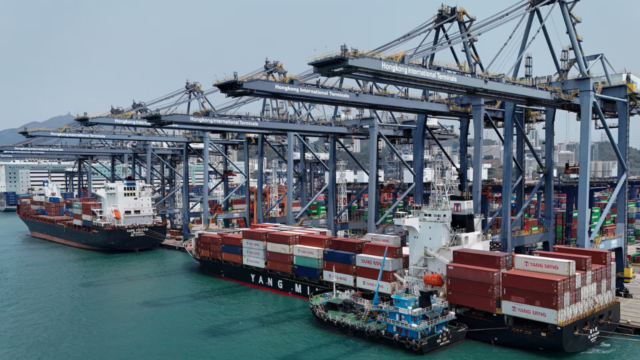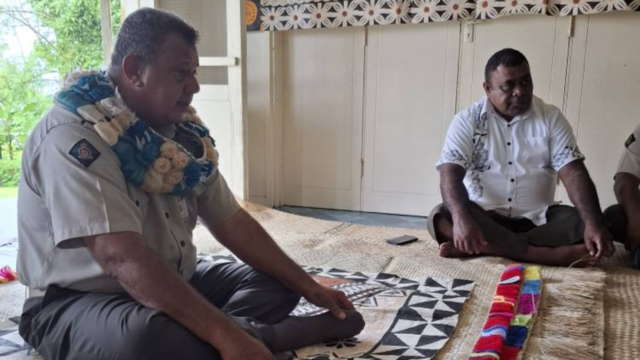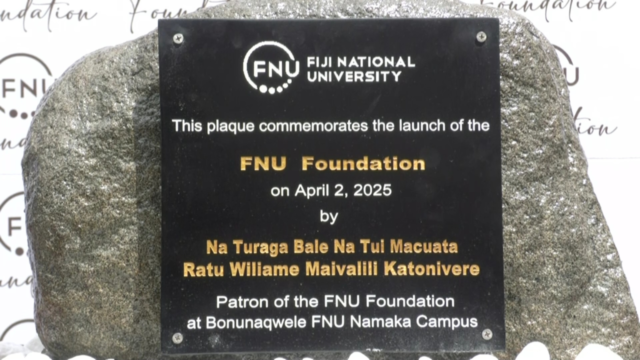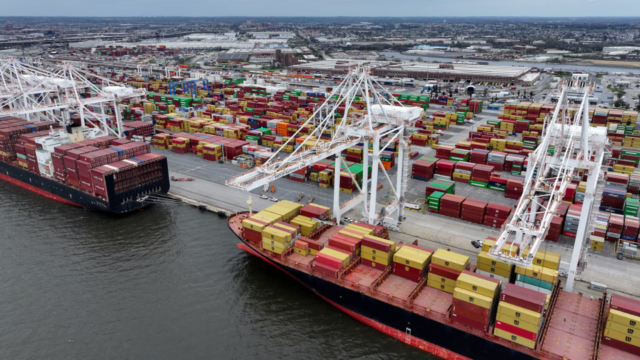
Professor Mark Stirling said unreinforced concrete structures were more susceptible to damage, compared to well-reinforced buildings
A New Zealand expert says wooden buildings are better able to withstand significant earthquake events.
Professor Mark Stirling, Chair of Earthquake Science at the University of Otago said this in response to queries from FBC News about the 7.3 magnitude Vanuatu earthquake on Tuesday which claimed 14 lives.
He said unreinforced concrete structures were more susceptible to damage, compared to well-reinforced buildings, but wooden infrastructure was better able to handle quakes.
“Wood has considerable ductility, which means flexibility during quakes,” he said.
When asked if traditional building methods were best suited to handling tremors, Professor Stirling affirmed that wood-dominated construction were ideal.
FBC News also asked him whether Vanuatu could expect more aftershocks of significant magnitude.
“This will probably be the largest aftershock of this particular earthquake sequence. The largest aftershock is typically about 1 m unit less than the mainshock. Aftershocks will decrease exponentially in number over the next week I expect.”
The 7.3 magnitude earthquake that hit Vanuatu on Tuesday as so far claimed 14 lives, left about 200 people with injuries and caused significant damage to buildings in and around Port Vila.
Stream the best of Fiji on VITI+. Anytime. Anywhere.

Shop N Save Supermarket
Your Complete Family Shopping Destination CLICK HERE
By Shop N Save

Celebrate Easter with Extra Supermarket!
Make This Easter Extra Memorable with Extra Supermarket! CLICK HERE for Great Deals!
By Extra Supermarket


 Felix Chaudhary
Felix Chaudhary 






































































































































































































